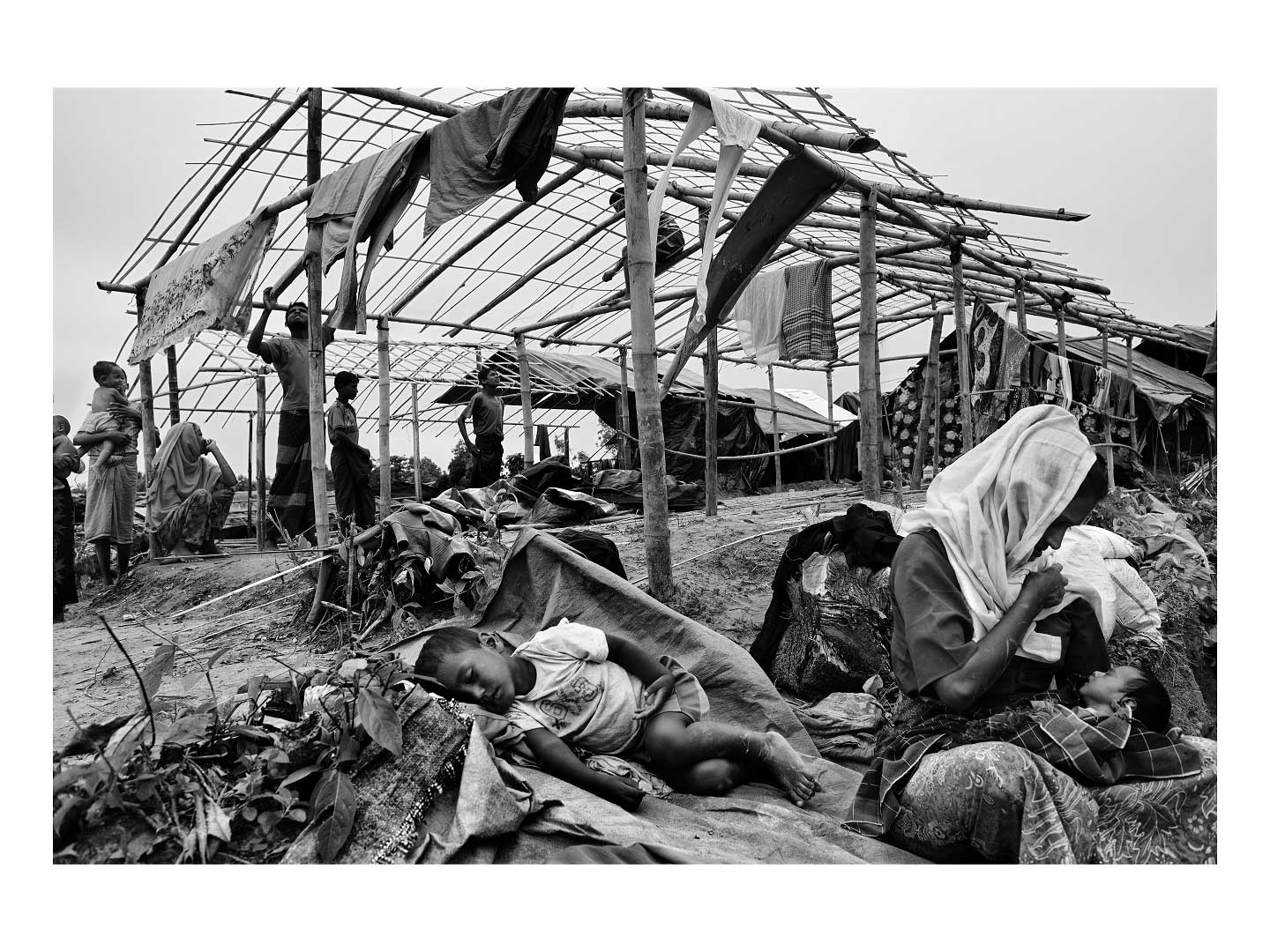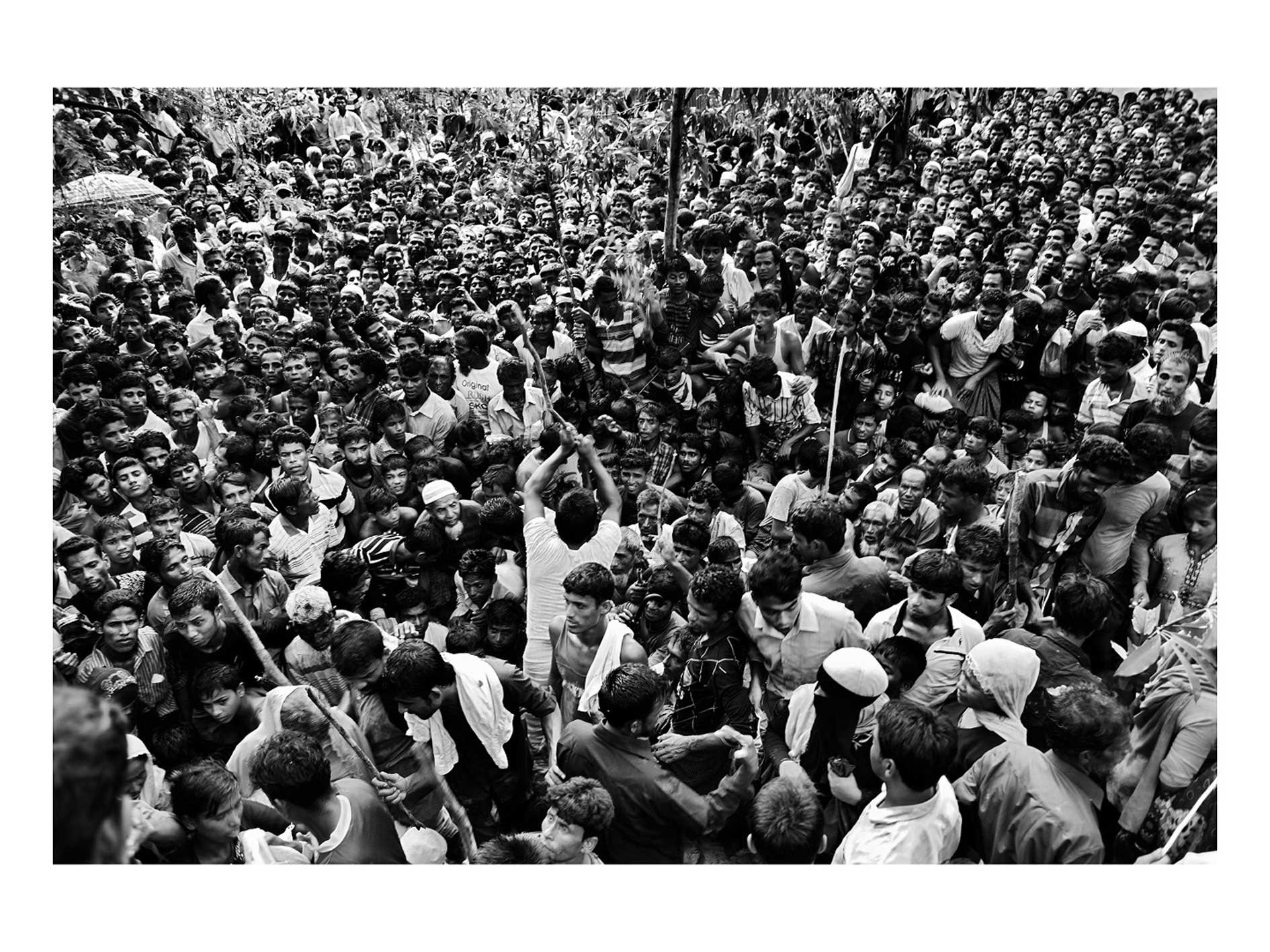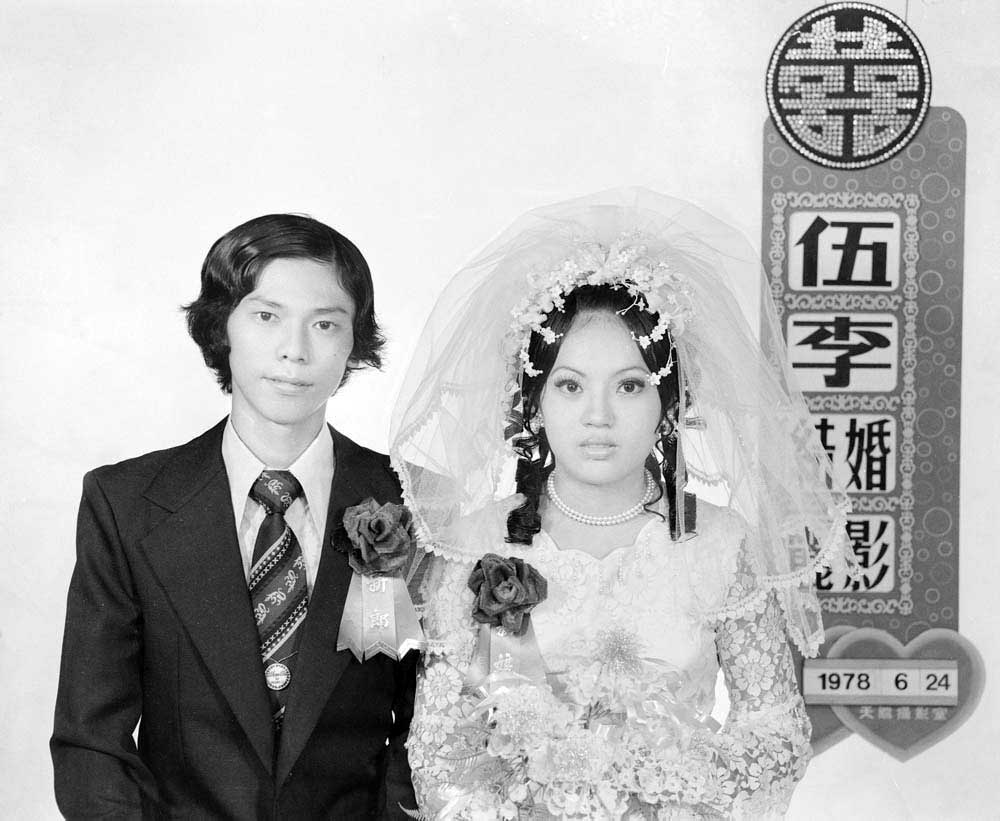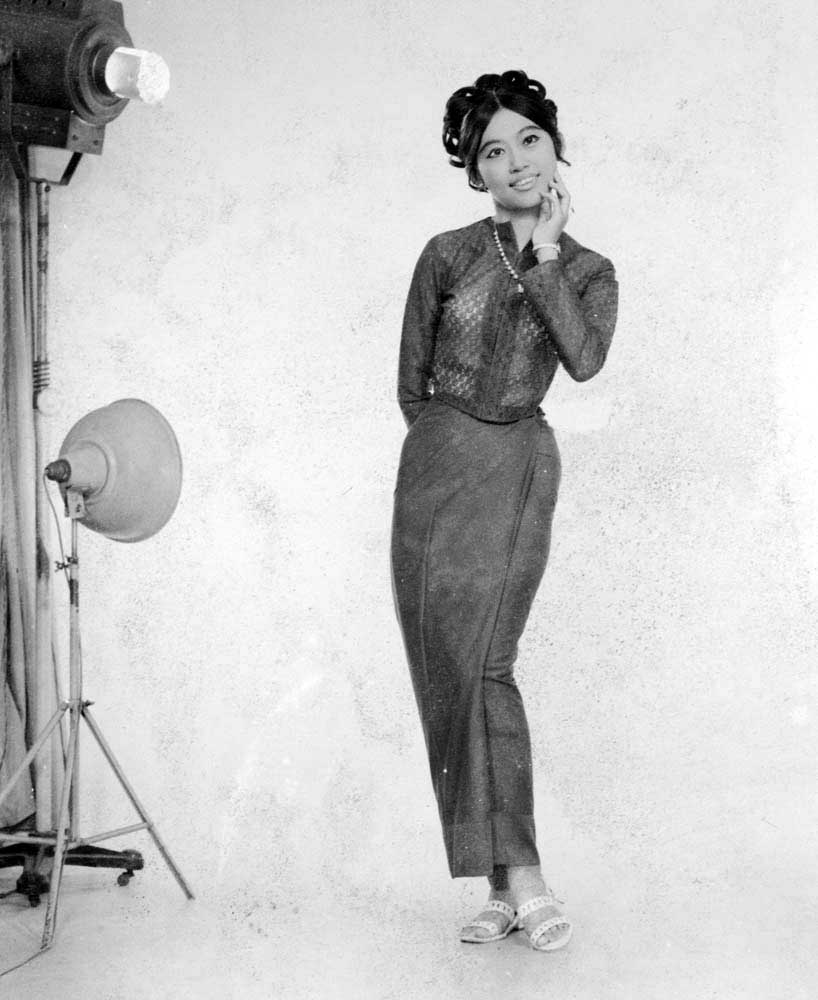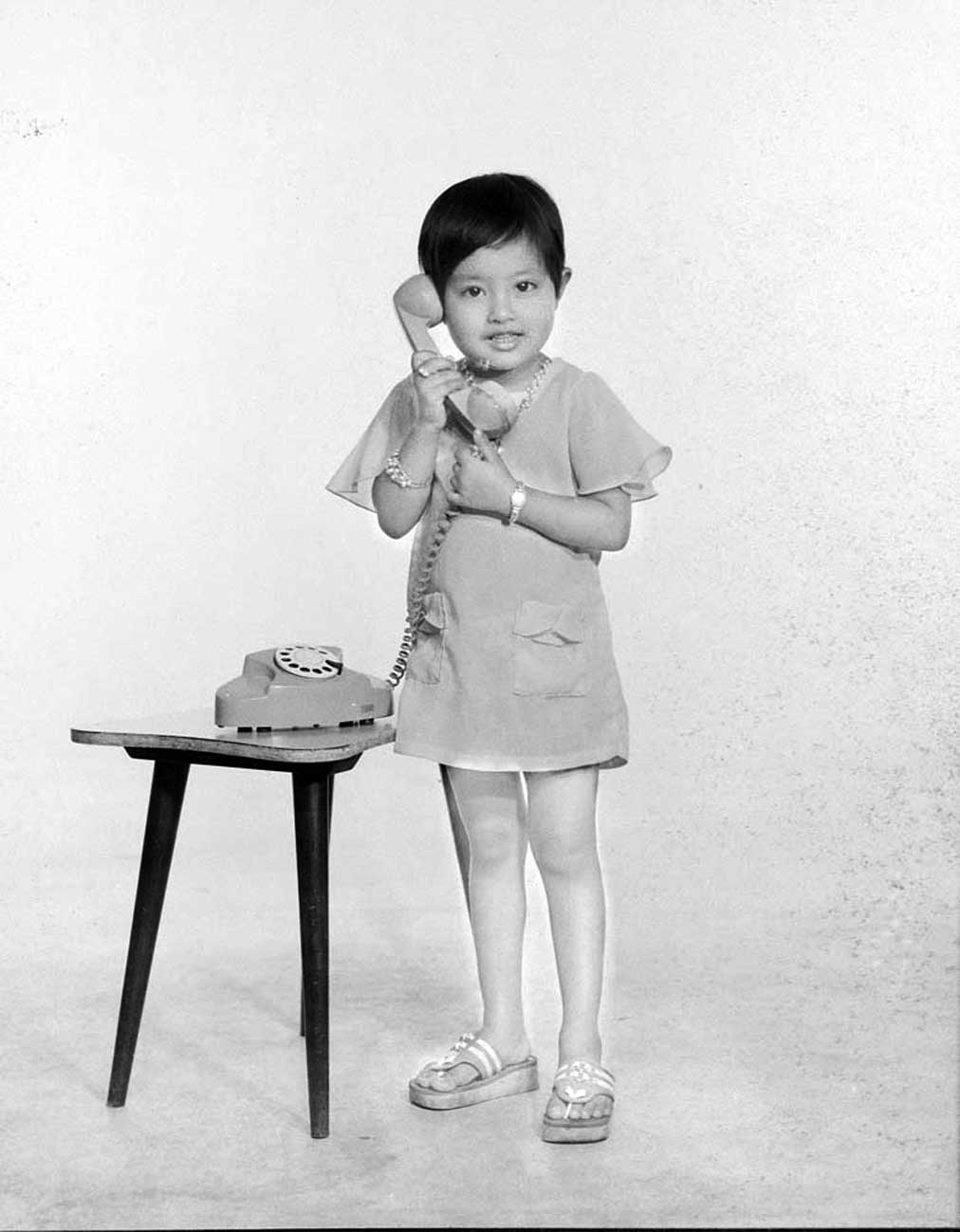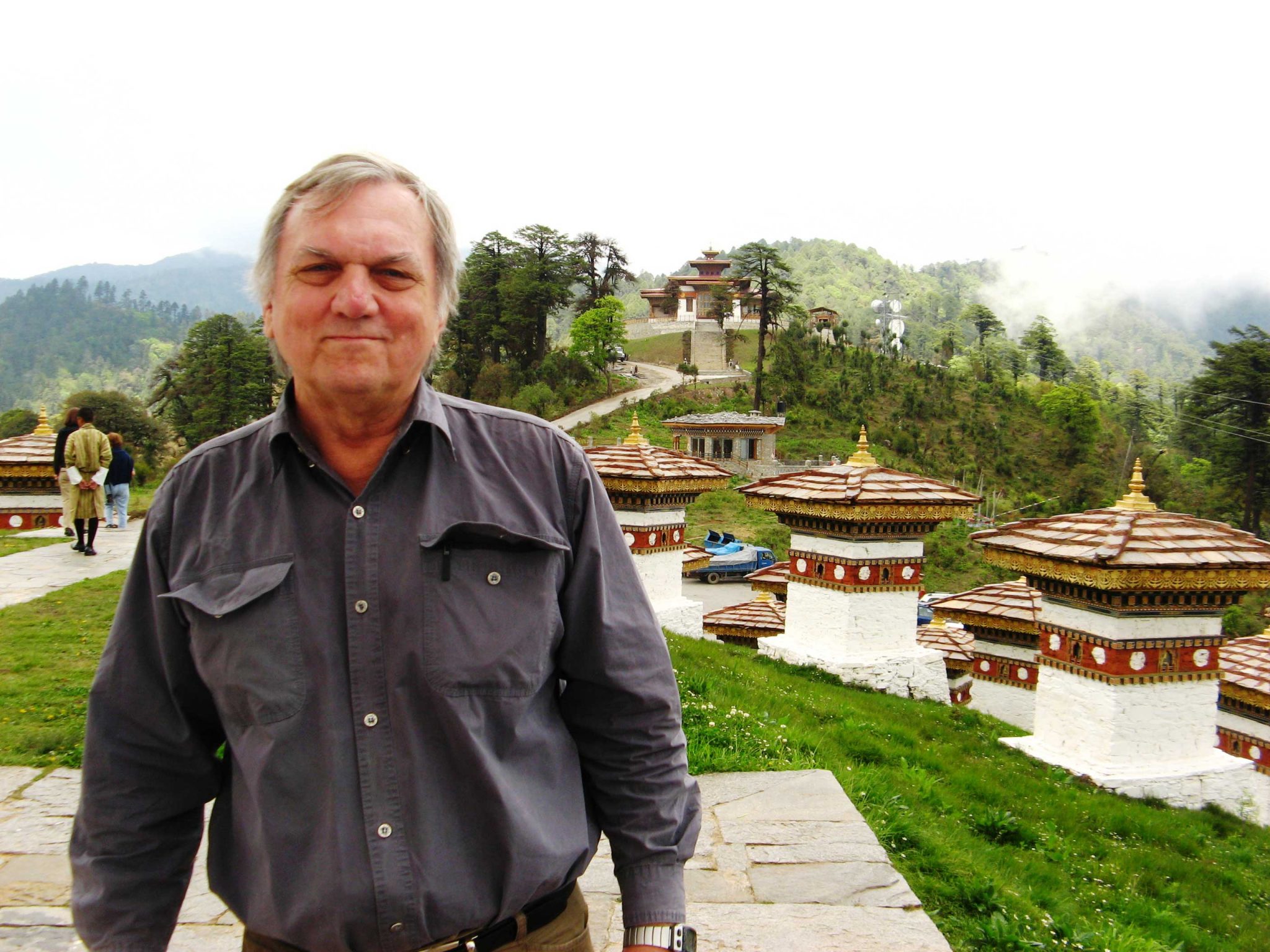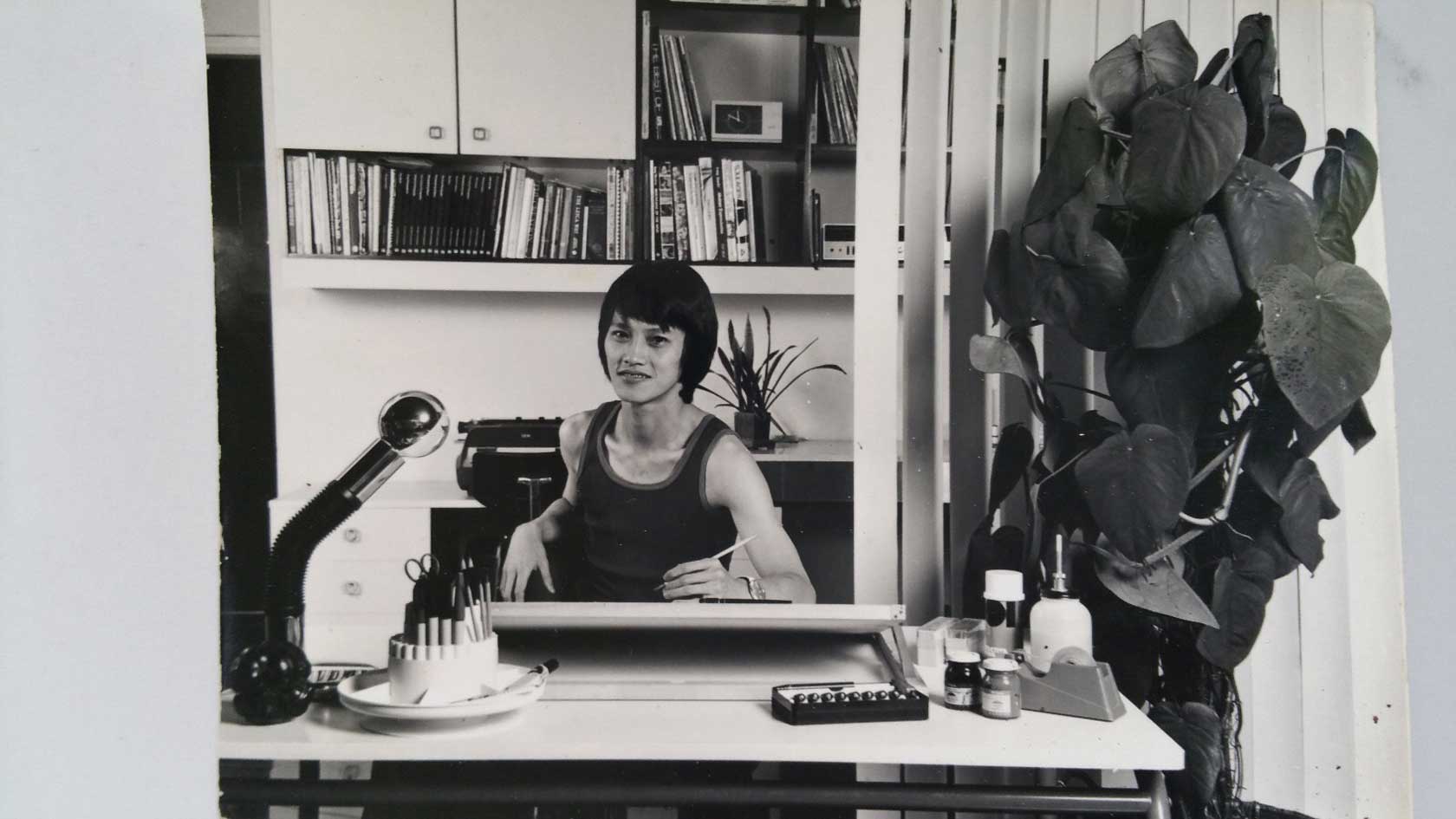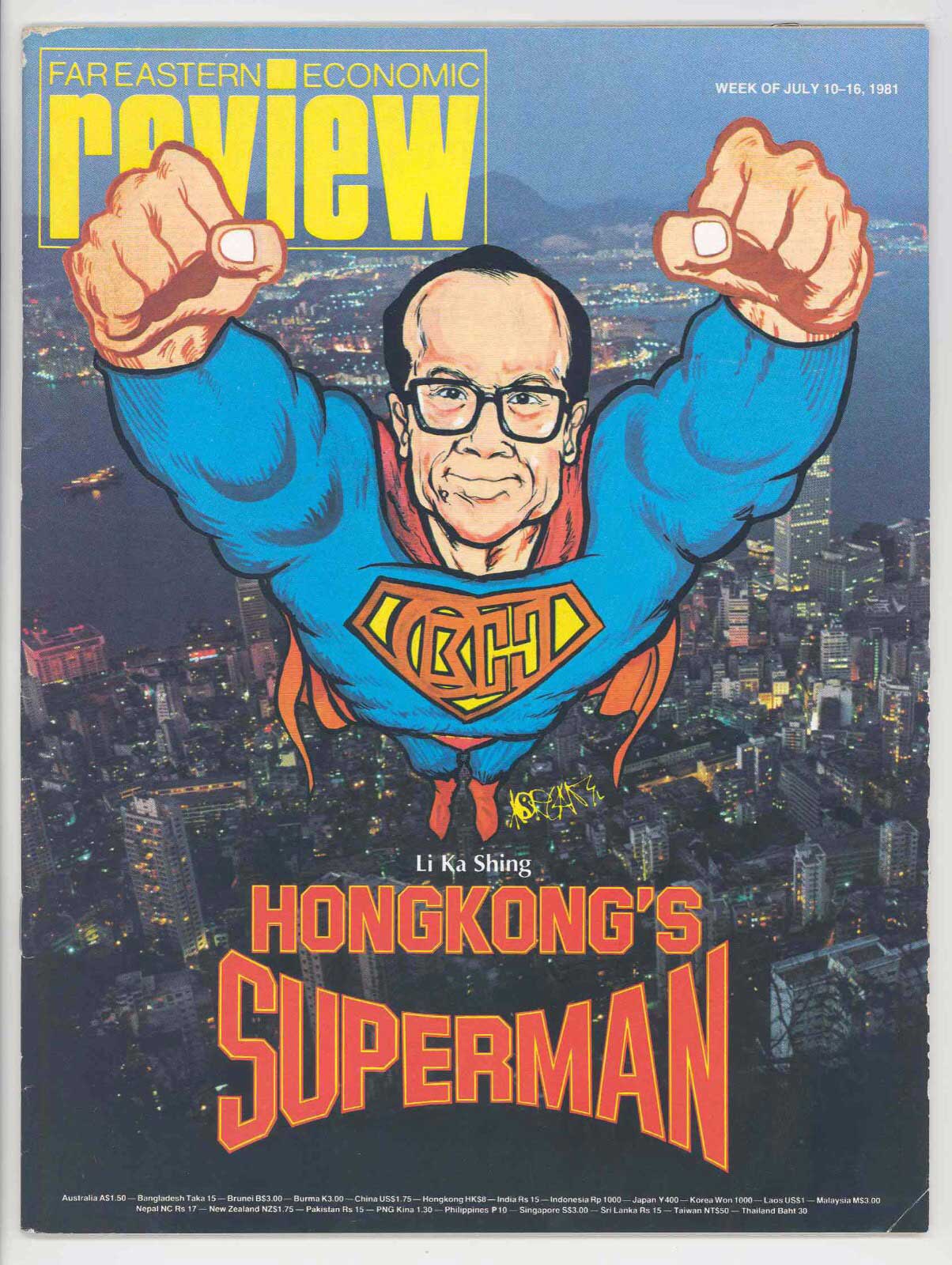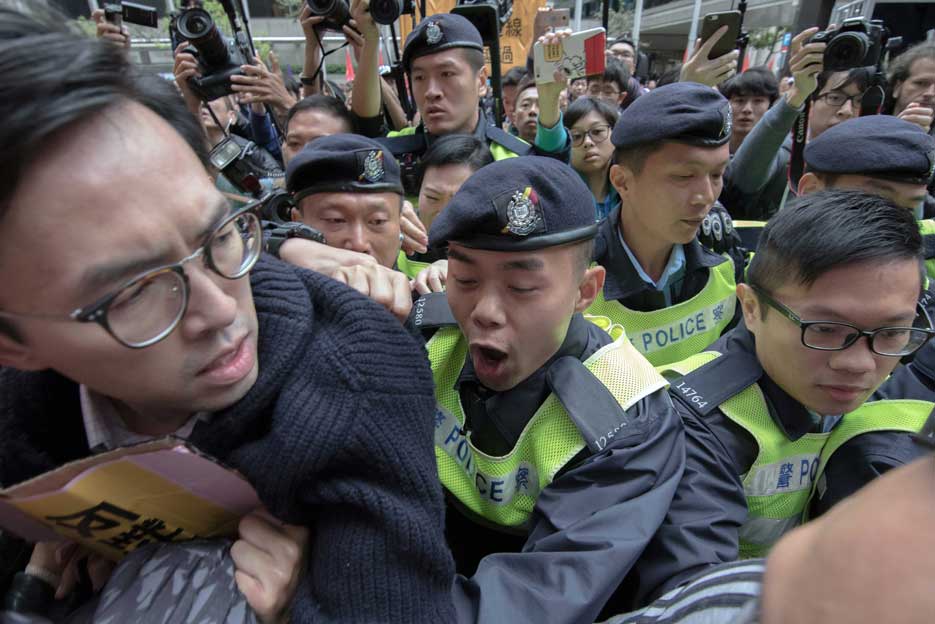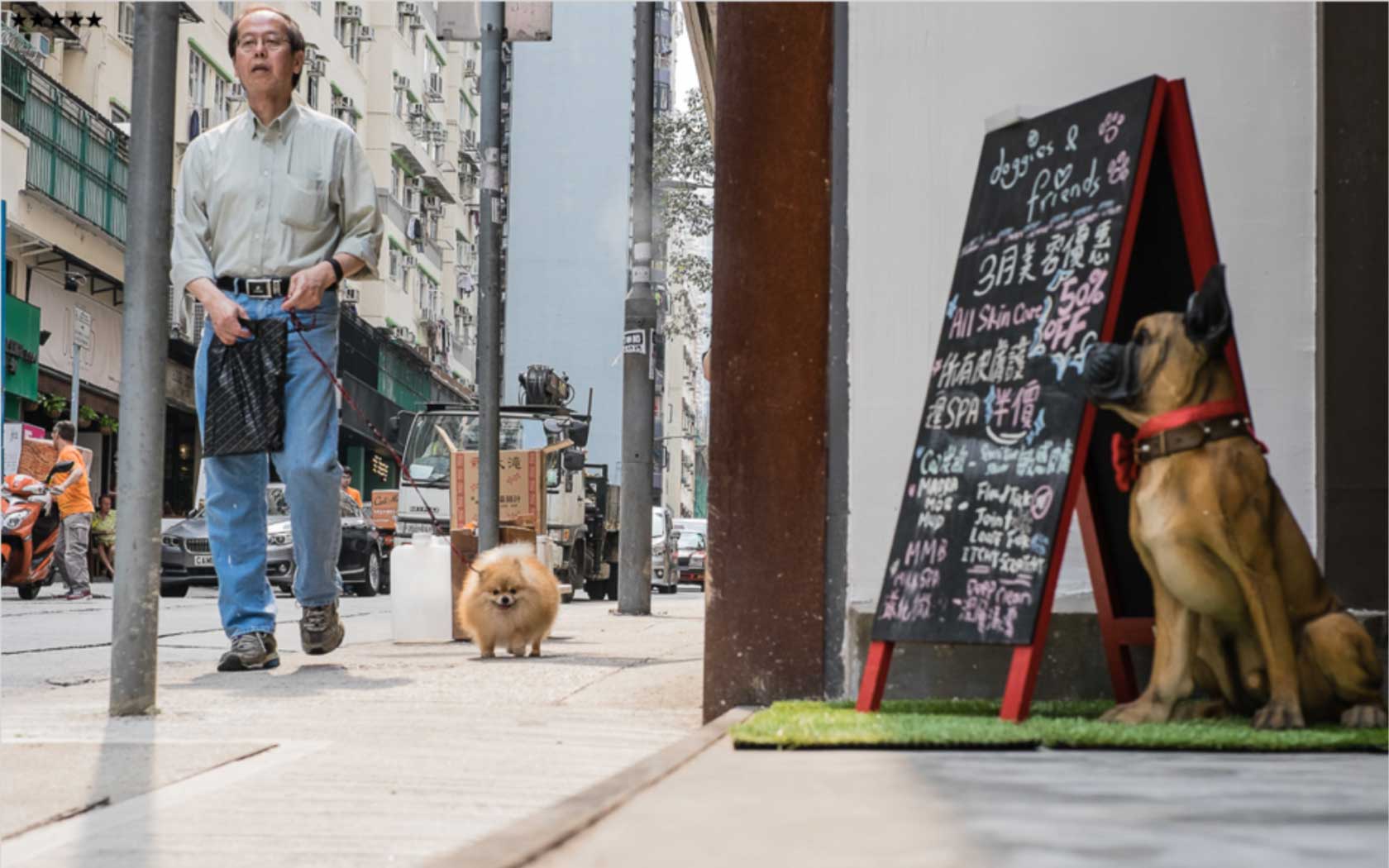On The Wall: Exiled To Nowhere – Burma’s Rohingya
Images by Greg Constantine
Over the past year, the Rohingya community in Burma (Myanmar) have been subjected to what UN officials have called a ‘text book case of ethnic cleansing’, while others have claimed it is just one more step in a genocidal process that has spanned decades.
 A Rohingya man carries a load of bamboo which he will use to build his family’s hut. Photo by Greg Constantine.
A Rohingya man carries a load of bamboo which he will use to build his family’s hut. Photo by Greg Constantine.This recent ‘scorched earth’ campaign by the Burmese authorities and members of the local Rakhine Buddhist community has destroyed hundreds of Rohingya villages, has resulted in the murder of thousands and has essentially eradicated the Rakhine State of the Rohingya by forcing 700,000 Rohingya out of the country and into neighbouring Bangladesh. It is the fastest and largest humanitarian crisis in the world today.
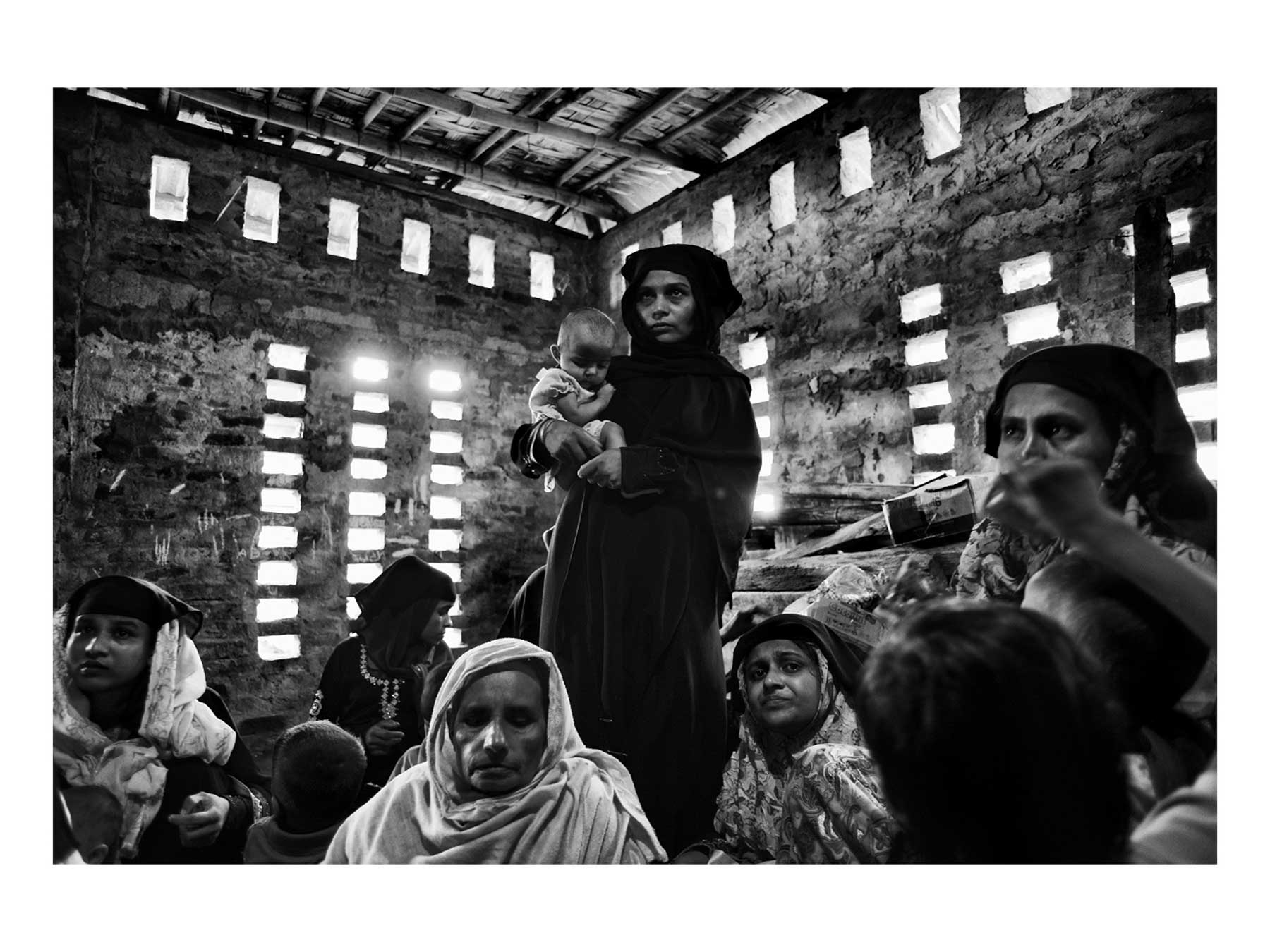 A Rohingya mother and child wait with other Rohingya to receive assistance at a makeshift medical clinic near the Kutupalong refugee camp. Photo by Greg Constantine.
A Rohingya mother and child wait with other Rohingya to receive assistance at a makeshift medical clinic near the Kutupalong refugee camp. Photo by Greg Constantine.While this wave of violence toward the Rohingya under the civilian-led government of the NLD and Aung San Suu Kyi follows decades of discriminatory policies targeted toward the Rohingya by successive military governments, little if anything is being done to hold anyone to account for the atrocities.
 Sixty-year-old Hussein lay in a bed at the Cox’s Bazar Sadar Hospital. Shrapnel from helicopters attacking his village damaged both legs. Photo by Greg Constantine.
Sixty-year-old Hussein lay in a bed at the Cox’s Bazar Sadar Hospital. Shrapnel from helicopters attacking his village damaged both legs. Photo by Greg Constantine.Photojournalist Greg Constantine has been documenting the persecution of the stateless Rohingya for more than 12 years. Since the publication of his acclaimed book, Exiled To Nowhere: Burma’s Rohingya in 2012, he has travelled inside Burma four times to continue documenting the plight of the Rohingya. The photographs on display at the FCC featured work created in Bangladesh in September 2017. Constantine dedicated this exhibition at the FCC to fellow journalists, Wa Lone and Kyaw Soe Oo.
Harry’s Rejects: National security legislation, Communist manifesto

On The Wall: Yangon Studio Photography 1960-1980
Images by Lukas Birk
The Myanmar Photo Archive (MPA) is a collection of work by local photographers that has been amassed in the last four years and is still growing. This exhibition showed studio images taken between 1962 and 1985 in Yangon, many at Bellay Photo Studio in Chinatown. The studio, founded by Har Si Yone in 1969, has been family-run ever since and is still active today.
Find out more at www.myanmarphotoarchive.org
Lukas Birk is an artist, storyteller and conservator whose books such as Afghan Box Camera and Polaroids from the Middle
Kingdom reflect his interest in preservation. His work with the Myanmar Photo Archive is an endeavour to re-interpret and tell the story of Myanmar through collected photographs taken over the last century. The collection now holds 10,000 images. www.lukasbirk.com
Obituary: Garry Marchant, the peace correspondent
His address when I first met him was Far East Farm, Stanley, Hong Kong, the rather grand name for the (very comfortable) squatter settlement where he lived with first wife, Janet. It was an open house for anyone wanting to drop by for a beer and a chat. That was in about 1974. Last time we met was last June, staying at the delightful old apartment in the historic centre of Vence, south of France, where he and second wife Marnie lived. Despite an advancing cancer, he was as cheerful and welcoming as ever and came to Nice airport to say goodbye. He died at home on December 23.
For someone I saw only rarely Garry Marchant, known to his closest friends as Gaz, made a deep impression on me by being true to his own personality. Not for him wars or financial crises, political disputes or gory murders. His approach to life as to journalism was summed up by the title of his book The Peace Correspondent, an anthology of his Asian travel stories. He preferred untroubled places and themes that brought smiles, not tears, just as he enjoyed wine and good food.
Born in Pembroke, Ontario, on October 2, 1941 he grew up in Winnipeg. Four years of youthful wanderlust found him installing fire alarms in Sydney, as a malaria control officer in Papua New Guinea and a movie extra in Tokyo. Then back to Canada using a story about malaria control to get his first job in journalism – on the Powell River News, followed by the Comox District Free Press and the Nanaimo Free Press.
The travel bug then took him to Rio de Janeiro where he became editor of the Brazil Herald, the nation’s only English-language daily. Then Hong Kong where Garry quickly found a reporting job on the South China Morning Post and then as a desk editor at the Far Eastern Economic Review. But sitting at a desk was not his idea of life.
He returned to Canada as travel editor of Vancouver magazine from 1977 to 1989, producing what many believed the magazine’s best work. During this time he met Marnie Mitchell who became his second wife and companion till his death. The two moved back to Hong Kong in 1999 where Garry continued to show ferocious energy to travel and write while Marnie edited for various publications and the HK Tourist Association.
Next came a move to Paris, in 1999, and then their final move in 2011 to Vence. Garry stayed active and travel-eager, writing guidebooks to Paris to add to another on Canada. The last two years were dogged by his painful fight against a new cancer, of the bile duct. But to the last Garry never ceased to be as optimistic and cheerful as his writing.
Philip Bowring
Les Wiseman, a fellow Canadian writer and friend, adds:
It is hard to write about Gaz in the past tense. He might have been in Hong Kong or France, but he was always there, a guiding light and an anchoring rock in my life. He was cut of a stronger bolt of cloth than I. Travel is an exhausting business, but professional travel where you have to come back with the story is a much harder task than simple sightseeing. He seemed to thrive on a schedule that would have exhausted a lesser man. And nobody brought back the stories better than Garry Marchant. His Faraway Places column in Vancouver magazine was often the only story worth reading in the magazine. And his photos were astonishing. He was one of the dearest and wisest men that I have had the pleasure of knowing.
Obituary: Cartoonist Morgan Chua
Born Singapore May 3, 1949; died Bintan, Indonesia, March 22, 2018
In outward appearance he could seem like an electrified imp, writes Philip Bowring.
But no one was more seriously committed to his craft than Morgan. He joined the Far Eastern Economic Review in the same year as I did and for a while, immediately after his October 1974 marriage to his Taiwanese wife Lynie Lee, we shared a flat in Conduit Road, an experience which showed that under an occasionally volatile exterior was a very polite, principled and considerate individual.
Morgan, born Chua Heng Soon (Ω≤ø≥∂∂), was already well-known when he arrived at the FEER. While on national service in the Singapore Armed Forces (SAF) in 1967, his drawings were published by the SAF magazine, The Pioneer. His remarkable talents soon had him working for the newly-established daily in 1970, the Singapore Herald, as the chief editorial artist. But that career was to be cut short. In 1971, Mr Lee Kuan Yew closed the paper concocting allegations of foreign financed “Black Operations”. The reality was that the paper was critical of the prime minister, who was additionally offended by Morgan’s cartoons of him.
So he moved to Hong Kong, to the new weekly, The Asian. But that too had a brief life for economic reasons. So after travelling around Europe, in late 1972 he began to do cartoons for the FEER. Very soon these led to him becoming it first art director on December 1, 1972, immediately putting FEER covers on the map with his striking images of leaders such as Prince Sihanouk, Tun Razak, Indira Gandhi and Lee Kuan Yew.
The FEER became perhaps the most widely known English language publication in Asia. Morgan’s covers and cartoons were a major contributor to this success, but Morgan himself was untouched by his fame which saw iconic covers such as his still famous image of Li Ka-shing as Superman, and Margaret Thatcher leading the surrender, Singapore style, of Hong Kong to Deng Xiaoping.
Morgan took a sabbatical from the FEER in 1988-89 to travel the Silk Road and other parts of China. That happened to coincide with June 4, 1989, and Morgan was so shocked by this event and by what he saw as Deng Xiaoping’s betrayal of the progress achieved since the death of Mao, that he drew more than 100 cartoons which were published in his book, Tiananmen.
Returning to FEER, he remained with it till changing circumstances at the publication combined with a desire to return closer to his Singaporean roots. He had mellowed, though it was less certain that Singapore had too. Most of the next 20 years were spent between Singapore and Bintan, the island just across the straits from Singapore. It was close enough to the city, but Morgan was now happier with the quieter life in the kampong with his partner and adopted daughters.
In addition to commercial work, he accepted the limitations of cartooning in Singapore and became acceptable to the leaders, including doing a book of cartoons of Lee Kuan Yew which was, he said, to “show the human side” of the leader. He became an inspiration for young illustrators. But he never lost his commitment to political cartooning and accused local editors of self-censorship, noting that as a result “local cartoonists love to draw caricatures of other leaders except our own”.
Morgan was hard at work right up to the time he had a pleural effusion and went into a coma from which he never recovered. His body was returned to Singapore for cremation on March 23, 2018. This premature death was doubly tragic for his many friends, and family in Hong Kong.
His resting place at Mandai Columbarium, Singapore, is engraved with his signature mascot, a Taurus bull, and his words: “History is not just text and old photographs. Cartoons light up the pages and one cartoon speaks a thousand words. For many, word is power. For me, power lies in my brush.”
He is survived by his Hong Kong-based son, Zen, and grandson Leroy.
On The Wall: Young Lenses
Photographs by students of HKU, City University, Baptist University and SCAD
How do the youth of Hong Kong view their world? In the FCC’s Young Lenses exhibition, students presented photos of Hong Kong as they see it. With their images, these budding photographers and photo-journalists capture poignant moments of Hong Kong in the news, Hong Kong on the streets and Hong Kong life as it happens.
In this first exhibition by student photographers, the FCC presented works by our future colleagues and contributors to the world of media and journalism.
The FCC Wall committee would like to thank Kees Metselaar of The University of Hong Kong, Birdy Chu of City University of Hong Kong, Robin Ewing of Hong Kong Baptist University and Adam Kuehl of SCAD Hong Kong for their assistance in selecting photographs by their students for submission to this exhibition.
Adam White & Cammy Yiu, FCC Wall committee
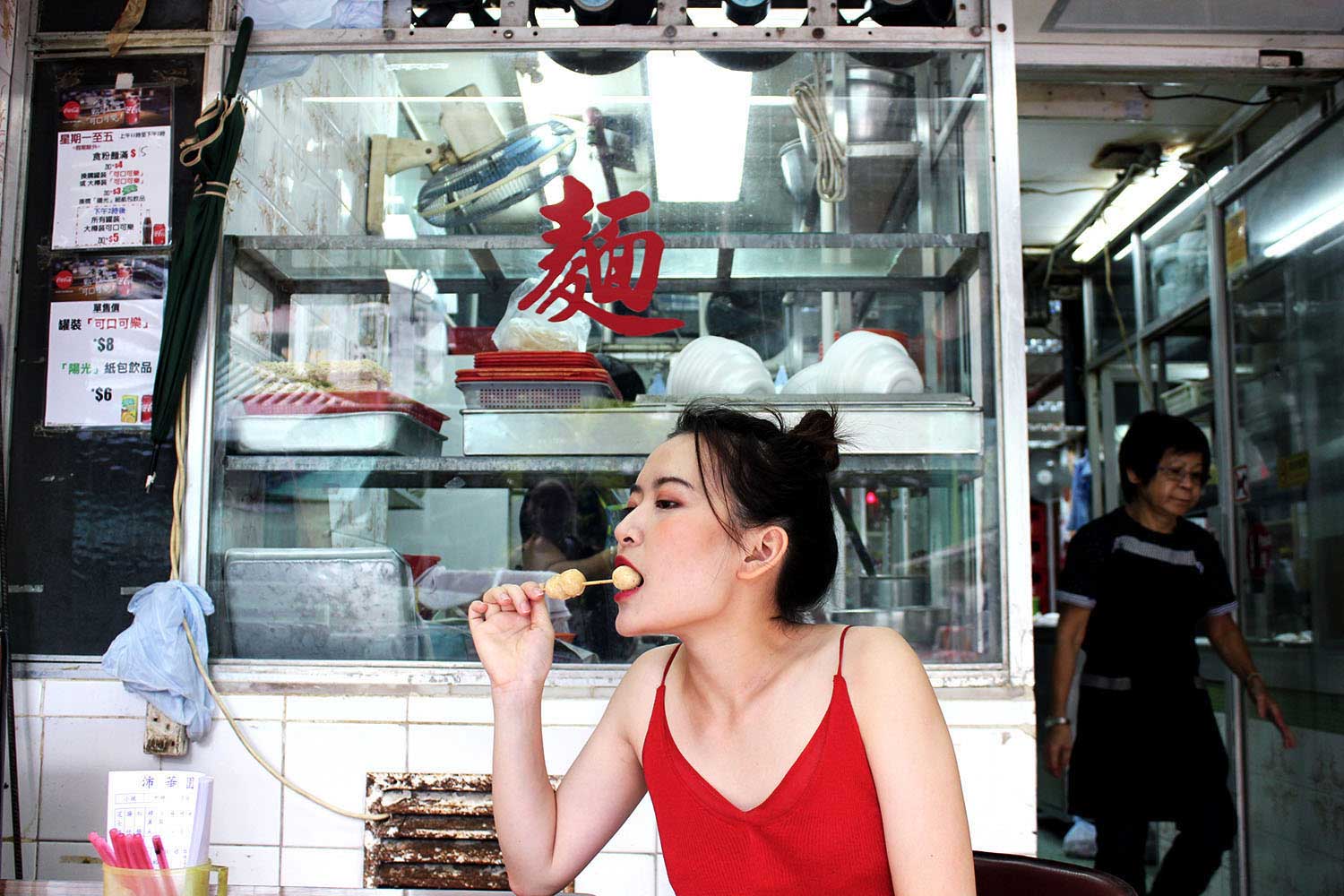 Krupenina Katerina, City University: Caroline was one of the first people I met in Hong Kong. It is her undying love for this city and its people that makes her so special.
Krupenina Katerina, City University: Caroline was one of the first people I met in Hong Kong. It is her undying love for this city and its people that makes her so special.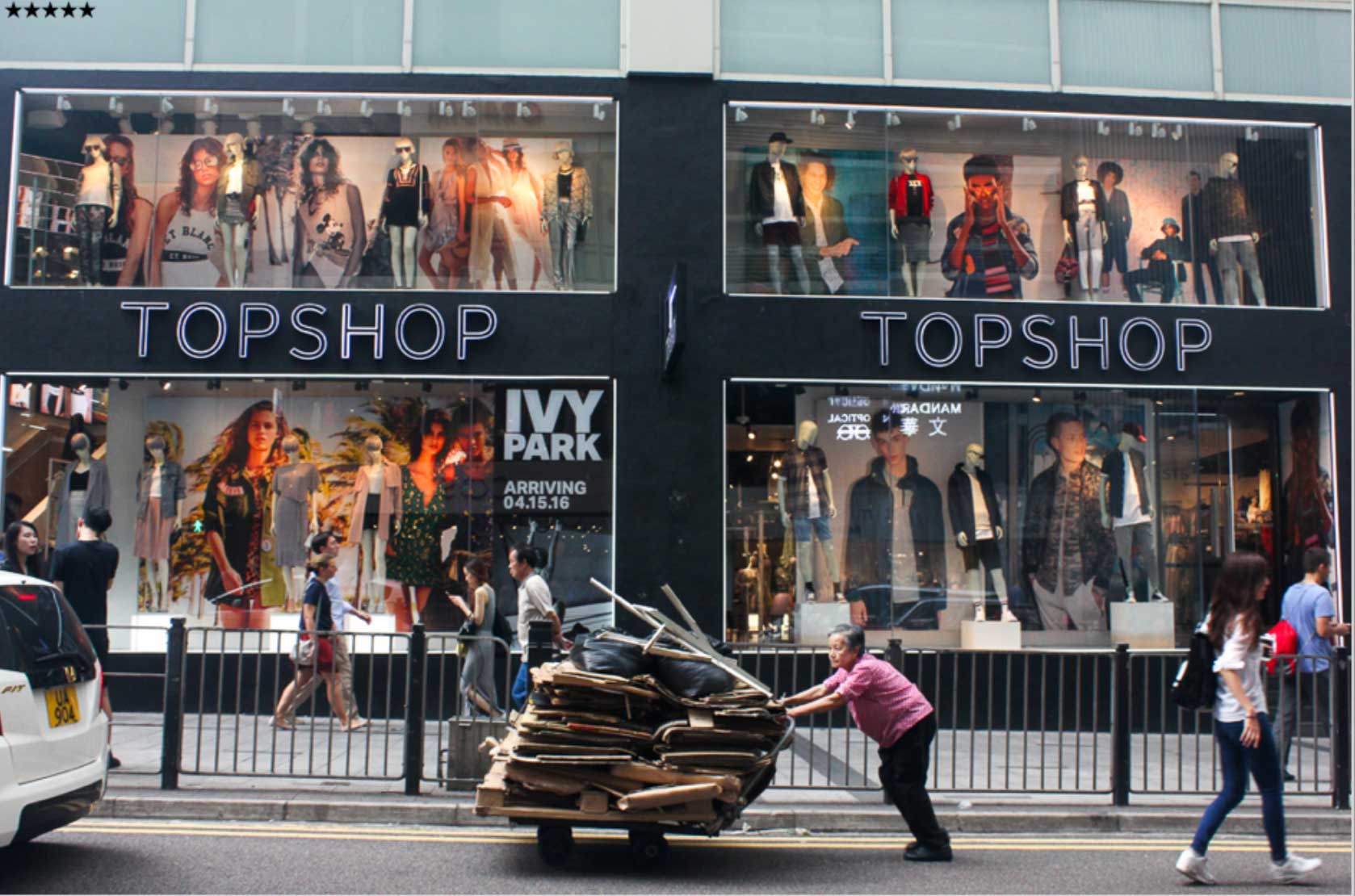 Magoo Sahil, University of Hong Kong: A poor woman pushes her four-wheeler loaded with cardboard on one of the streets in Central, Hong Kong, 2016. The different lifestyle of the rich and poor people can be seen as she waits at the red light in front of a shopping mall.
Magoo Sahil, University of Hong Kong: A poor woman pushes her four-wheeler loaded with cardboard on one of the streets in Central, Hong Kong, 2016. The different lifestyle of the rich and poor people can be seen as she waits at the red light in front of a shopping mall.Battle is on to stop 25-storey hospital casting a shadow over the FCC
Across the road from The Foreign Correspondent’s Club is the Bishop’s House, a heritage landmark with a distinctive octagonal tower, writes John Batten.
Dating from 1843, it is one of Hong Kong’s oldest colonial buildings and housed the original St Paul’s College. Despite its bona
fide heritage credentials, it has only been accorded a Grade 1 heritage grading by the Antiquities Advisory Board, rather than the higher ‘Monument’ status – a heritage grading ensuring its full preservation and protection from demolition.
Scroll down for the latest update on how you can comment on this application
A long land lease for this site was granted to the Hong Kong Sheng Kung Hui (SKH or Anglican Church) in the first year of British rule in Hong Kong. This lease allows the SKH to operate a theological college, a school, St Paul’s Church, a hospital and provide staff accommodation.
For over 160 years, Bishop Hill has been home and office of the Bishop of Hong Kong, the most senior Anglican cleric in the city. The Bishop’s home is sited mid-distance between the former Government House, now-Chief Executive’s House, and St John’s Cathedral.
It occupied a traditionally strategic and symbolically important position in the colonial pecking order: Government Hill with its (former) Central Government Offices and government decision-makers were just across the road.
In addition to the Bishop’s House, there are three other graded heritage buildings on the site and a beautiful grassy open space runs up the hillside parallel with Glenealy. In Hong Kong, with the exception of the just-renovated and opened Tai Kwun/Central Police Station, Bishop Hill has the highest concentration of graded heritage buildings in one dedicated area.
Following the controversial demolition of the ‘Star’ Ferry building in Central in 2006 and the success of the Central & Western Concern Group’s advocacy to preserve the modernist PMQ buildings, the government was pressed to formulate a heritage policy for the city’s Central district.
In 2009 the Development Bureau announced its Conserving Central policy of “eight initiatives to preserve many of the important cultural, historical and architectural features in Central while adding new life and vibrancy to the area”. The SKH site was one of those initiatives.
In 2011 it was announced that Bishop Hill would include a redeveloped 18-storey community centre (on the site of the former Central Hospital) and relocation of the church’s theological college and kindergarten, now operating inside St Paul’s Church, to a property owned by the SKH on Mt Butler.
 Legislative Councillors inspecting Bishop Hill in response to a complaint to the Legislative Council’s Complaints Committee.
Legislative Councillors inspecting Bishop Hill in response to a complaint to the Legislative Council’s Complaints Committee.However, this plan was stymied by strong opposition from the well-heeled residents of Mt Butler. They argued, among other considerations, that there would be greater traffic congestion if the kindergarten were relocated.
In 2017, documents were tabled to the Central & Western District Council outlining a new initiative for the site by the SKH. A few months later, illustrated plans for a 25-storey “non-profit-making private hospital” were unveiled with the new hospital closely wedged between the site’s historic buildings and covering the site’s grassed areas.
This huge building would straddle the entire Bishop Hill, running uphill between Lower Albert and Upper Albert Roads. The SKH’s proposal includes car parking facilities and a new run-in/run-out entrance on Lower Albert Road, with little consideration for pedestrians and current traffic congestion. This plan was presented with no prior discussion with the public.
The proposed hospital is out of proportion to the site’s other low-rise heritage buildings and adjacent heritage buildings, including the Chief Executive’s House and the FCC. This development will have a detrimental visual impact on a unique heritage corridor that begins at the low-rise FCC building and ends at St John’s Cathedral and the former Court of Final Appeal – both heritage buildings accorded Monument status.
Heritage and conservancy groups have again come together to object to the SKH’s Bishop Hill redevelopment. Under the umbrella of the Government Hill Concern Group, which previously successfully campaigned for the retention of the West Wing of the former Central Government Offices when it was threatened with demolition, a pre-emptive planning application has been filed with the Town Planning Board.
The application has a simple proposal: that any redeveloped hospital be of the current hospital’s 6-storey height and footprint and that the entire Bishop Hill site and its four heritage buildings are preserved and treated with respect within a new statutory heritage zoning encompassing a heritage corridor that also includes the former Central Government Offices and St John’s Cathedral. Determined public support for this proposal will ensure that ‘Conserving Central’ lives up to its promise! n
- The application can be read at www.info.gov.hk, the government’s website.
UPDATE 27/9/2019: Town planning in Hong Kong can take ages to complete and the process can be complex. The proposed redevelopment by the Hong Kong Sheng Kung Hui (Anglican Church) of the former Central Hospital next to the Bishop House and across from the FCC is currently going through another stage of its planning. I have previously outlined in the FCC’s The Correspondent* magazine the historic importance of the entire Bishop Hill site with its four heritage buildings, trees and greenery. Below is an update on efforts to protect it from overdevelopment.
The Government Hill Concern Group (GHCC) is a group of heritage advocates who came together to campaign against the demolition of the West Wing, one of the three wings of the former Central Government Offices (CGO), sitting on Lower Albert Road adjacent to the Bishop House, Government House and the FCC. Demolishing the West Wing would have destroyed the modernist architectural integrity of this historic site, the city’s original seat of government administration from the first days of British colonial rule in Hong Kong.
After a concerted campaign, culminating in a meeting with then-Development, now Financial Secretary Paul Chan Mo-po, the West Wing was saved. Its renovation for the Department of Justice is nearing completion and it will soon reopen. You may recall that the West Wing previously had an elevator that gave public access from Queen’s Road Central up to Lower Albert Road. Once the West Wing reopens, this lift access should again be available to give the public an alternative, non-hill route to the Bishop Hill area.
The integrity of the former government hill site is now assured and the GHCC has regrouped to campaign for the adjacent Bishop Hill site to be similarly and appropriately conserved. A planning application was made last year requesting the Town Planning Board properly plan the site rather than immediately allow the Anglican Church to redevelop it without additional public consultation. The Town Planning Board agreed with the concern group, and an Outline Zoning Plan (OZP) has been prepared by the Planning Department and was recently open for public scrutiny. In this OZP – which outlines broad-brush statutory planning details for all areas of Hong Kong – a height restriction of 135 metres (about 25 storeys) has been recommended for Bishop Hill by the Planning Department.
The GHCC argues this height is too high and any new development of consequent scale and bulk would overwhelm this sensitive heritage site. The group has now submitted a considered counter proposal in a submission to the Town Planning Board. The GHCC argues that the entire site should have a height restriction of no higher than 80 metres (about 20 metres higher than the former Central Hospital’s current height), and that any new development only be allowed to be built on the footprint of the current buildings. This proposal will still allow the Anglican Church to develop, or renovate, the former Central Hospital, but will not overwhelm the site’s heritage and greenery. This restricted height will also contain the bulk and form of any new building, alleviate traffic congestion, and retain the unique historic ambience of the entire Bishop Hill.
The GHCC will make oral submissions to the Town Planning Board at a hearing to discuss the OZP in the next months. Anyone else who makes a comment on this application can also address the Town Planning Board – which makes a decision after hearing all submissions. Please make a comment – forms are here and here.

